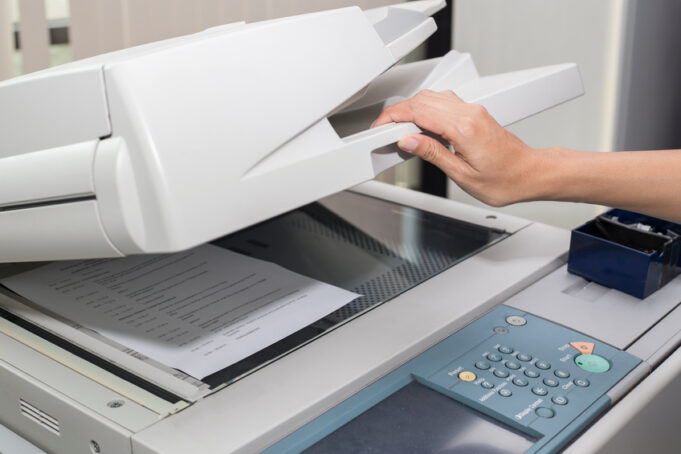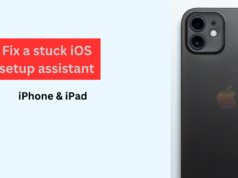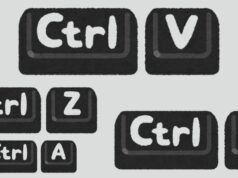In the rapidly evolving landscape of technology, certain devices that were once indispensable are gradually being relegated to the sidelines. One such piece of hardware is the scanner. Once a staple in both homes and offices, scanners are now teetering on the edge of obsolescence. But why is this the case? Let’s delve into the reasons behind the dwindling relevance of scanners in today’s digital era.
1. The Rise of Multifunction Devices
One of the primary factors contributing to the decline of scanners is the proliferation of multifunction devices. Printers that double up as scanners have become ubiquitous in both home and office environments. These multifunction devices offer the convenience of printing, scanning, copying, and sometimes even faxing, all in one compact package. This convergence of functionalities has made standalone scanners redundant for many users.
2. Mobile Alternatives Take Center Stage
With the advent of smartphones and tablets equipped with high-resolution cameras, mobile scanning apps have emerged as a popular alternative to traditional scanners. These apps leverage the powerful cameras on mobile devices to capture documents, receipts, and other materials with impressive clarity. Users can then edit, store, and share these scanned documents directly from their smartphones, eliminating the need for a dedicated scanner altogether.
3. Cloud Integration Simplifies Document Management
Cloud storage has revolutionized the way we store and access data. Many modern scanning solutions offer seamless integration with cloud services such as Google Drive, Dropbox, and Microsoft OneDrive. This means that scanned documents can be instantly uploaded to the cloud, making them accessible from any device with an internet connection. The ability to store documents digitally in the cloud eliminates the need for physical storage space and streamlines document management workflows.
4. Advancements in Optical Character Recognition (OCR)
Optical Character Recognition (OCR) technology has made significant strides in recent years, enabling scanners and scanning apps to convert scanned documents into editable text files. This eliminates the need for manual transcription and allows users to easily search, copy, and edit the text within scanned documents. As OCR technology continues to improve, the need for standalone scanners becomes increasingly obsolete.
5. Cost Considerations
Standalone scanners can be a costly investment, especially for occasional users or small businesses with limited scanning needs. In contrast, many multifunction printers are competitively priced and offer scanning capabilities as part of a comprehensive package. Additionally, mobile scanning apps often provide basic scanning functionality for free or at a fraction of the cost of a standalone scanner, further reducing the financial barrier to entry.
6. Environmental Impact
From a sustainability standpoint, the decline of standalone scanners can be seen as a positive development. By consolidating scanning functionality into multifunction devices, fewer electronic devices are manufactured, resulting in reduced energy consumption, electronic waste, and carbon emissions. Furthermore, the shift towards digital document management reduces the need for paper usage, contributing to environmental conservation efforts.
7. User-Friendly Interfaces
Modern scanning solutions prioritize user experience, offering intuitive interfaces and streamlined workflows. Mobile scanning apps, in particular, are designed to be userfriendly, with features such as automatic document detection, image enhancement, and batch scanning. These user-friendly interfaces make the scanning process quick, efficient, and accessible to users of all skill levels.
8. Remote Work Trends
The rise of remote work and telecommuting has further accelerated the decline of standalone scanners. As more individuals and businesses embrace remote work arrangements, the demand for scanning solutions that can be accessed and used from anywhere has increased. Mobile scanning apps and cloud-based scanning services cater to this growing need, allowing users to scan documents remotely and collaborate with colleagues across geographies seamlessly.
Conclusion
While standalone scanners were once indispensable tools for digitizing documents, their relevance has waned in the face of technological advancements and shifting user preferences. The rise of multifunction devices, mobile scanning apps, cloud integration, OCR technology, and user-friendly interfaces has rendered standalone scanners almost obsolete. As we continue to embrace digital transformation and remote work trends, the era of standalone scanners may soon come to an end. However, for those who still rely on scanners for specialized tasks or legacy systems, these devices may continue to serve a niche purpose. Nevertheless, the writing is on the wall: the days of the standalone scanner are numbered.



















